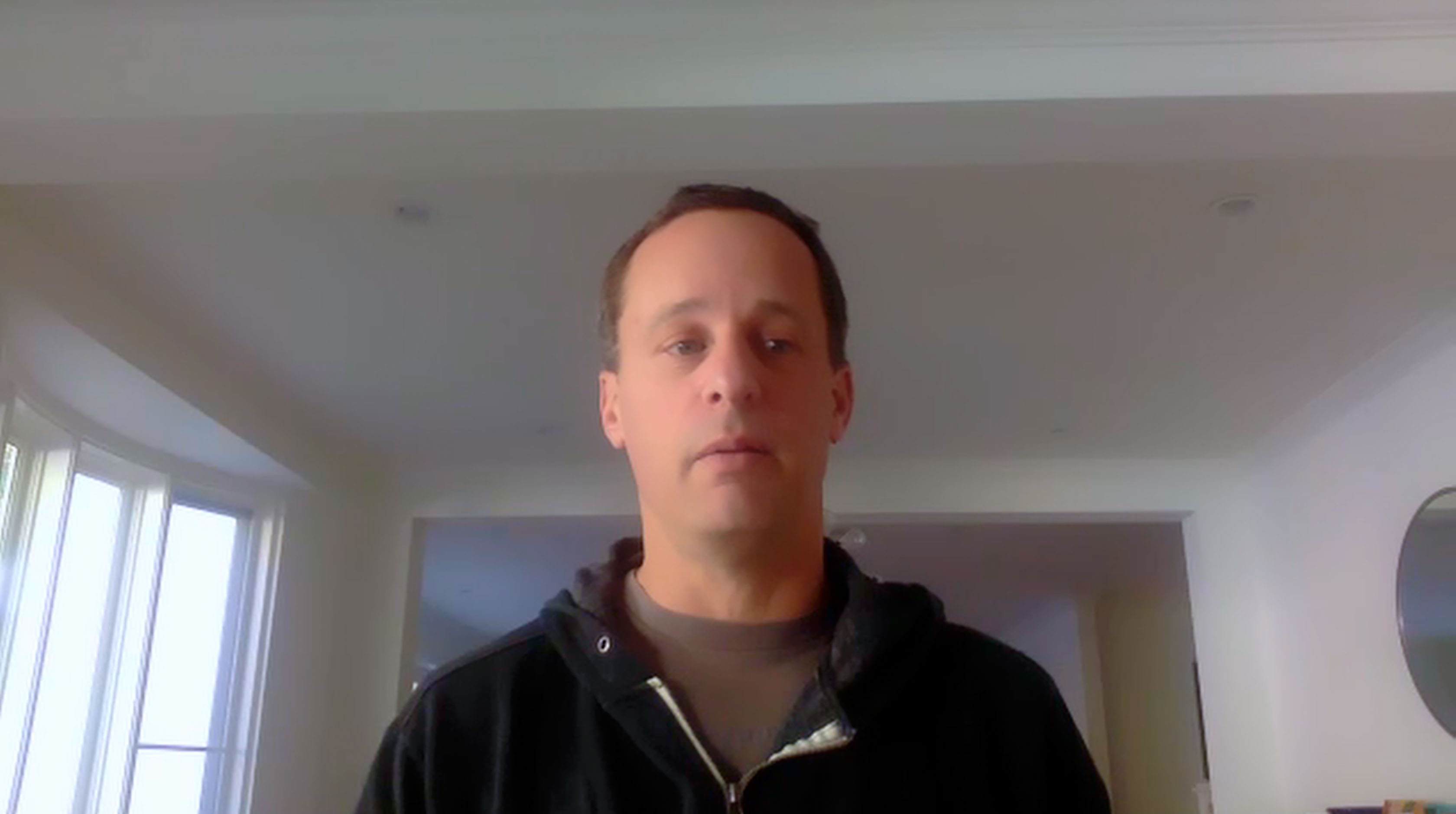
Netflix versus Disney+ & HBO
Former Vice President, Head of International Originals, at Netflix
inpractise.com/articles/video-streaming-mkt
Why is this interview interesting?
- Dynamics of the subscription video on demand market landscape and potential long-run industry structure
Erik Barmack
Former Vice President, Head of International Originals, at Netflix
Interview Transcript
Let’s look at Disney, then. Clearly, that’s where the hype has been around, with Disney Plus. They have, probably, the most unique IP, globally. How do you think this is going to shake up, between those two?
I don’t know, but my intuition is that Disney is going to put more pressure on cable TV in North America, than it is on Netflix. I think what you’re going to see is, people paying $100 plus for cable bills and they’re going to start to say, if I can just get my sports someplace else, if ESPN Plus is just a little bit more compelling, I can watch news online and I can watch a ton of TV between Hulu and Disney and Netflix for $25. I feel that’s a bad sign for cable. Their value proposition is most out of whack.
I don’t particularly see a world where Disney being successful puts a massive turn pressure on Netflix. I think it’s possible that a lot of people will have both subscriptions. I do worry if you’re fourth, fifth, sixth, seventh or eighth in these markets, what that looks like. My intuition is that consumers are going to pay for two, three, four services, that cable subs are going to continue to go down and that, at some point, there is a limit to how many services people want.
If you’re running HBO, which is arguably the third player here, what would you be thinking?
There’s a bunch of players. There’s Apple Plus and there’s Amazon, HBO and Peacock. I think they’re a little bit late. They could play it a couple of different ways. One is, they can be this really blue-chip service, where it’s everything that they do on TV is good. They have six, seven, eight shows a year and they are all really, really well developed and they can continue to strengthen their relationships around the world. They can make money not being global, but selling HBO output packages to regional competitors, like Sky and others, who need that content.
But long term, if you believe that eventually, all these services are going to be global, they are going to have to be in a volume game. You have to look at it in the way that consumers are going to want to spend 15, 20, 25 hours on a service, per month, to stay subscribed to it and people aren’t going to want to watch the same things. For every 15 hours of a consumer, you’re going to need hundreds of hours of choice. I think they’re going to have to figure out how to get to scale. It’s a boring answer, but they’re going to have to figure out how to, effectively, either redistribute their content as sales channels, or how do they get to scale.
Getting to scale, there’s no other way, apart from serving the diverse tastes of everyone?
I think Disney might be the exception, because I feel that Disney, with those hundreds of movies and they’re so blue chip and they’re so global, that you think for $7 a month, if I’m watching one of those movies, maybe it’s just worth it. It’s The Mandalorian, but it’s also hundreds of kids’ movies that can just be rewatched. For everybody else, it’s got to be volume, local content and massive scale.
Copyright Notice
This document may not be reproduced, distributed, or transmitted in any form or by any means including resale of any part, unauthorised distribution to a third party or other electronic methods, without the prior written permission of IP 1 Ltd.
IP 1 Ltd, trading as In Practise (herein referred to as "IP") is a company registered in England and Wales and is not a registered investment advisor or broker-dealer, and is not licensed nor qualified to provide investment advice.
In Practise reserves all copyright, intellectual and other property rights in the Content. The information published in this transcript (“Content”) is for information purposes only and should not be used as the sole basis for making any investment decision. Information provided by IP is to be used as an educational tool and nothing in this Content shall be construed as an offer, recommendation or solicitation regarding any financial product, service or management of investments or securities.
© 2026 IP 1 Ltd. All rights reserved.


